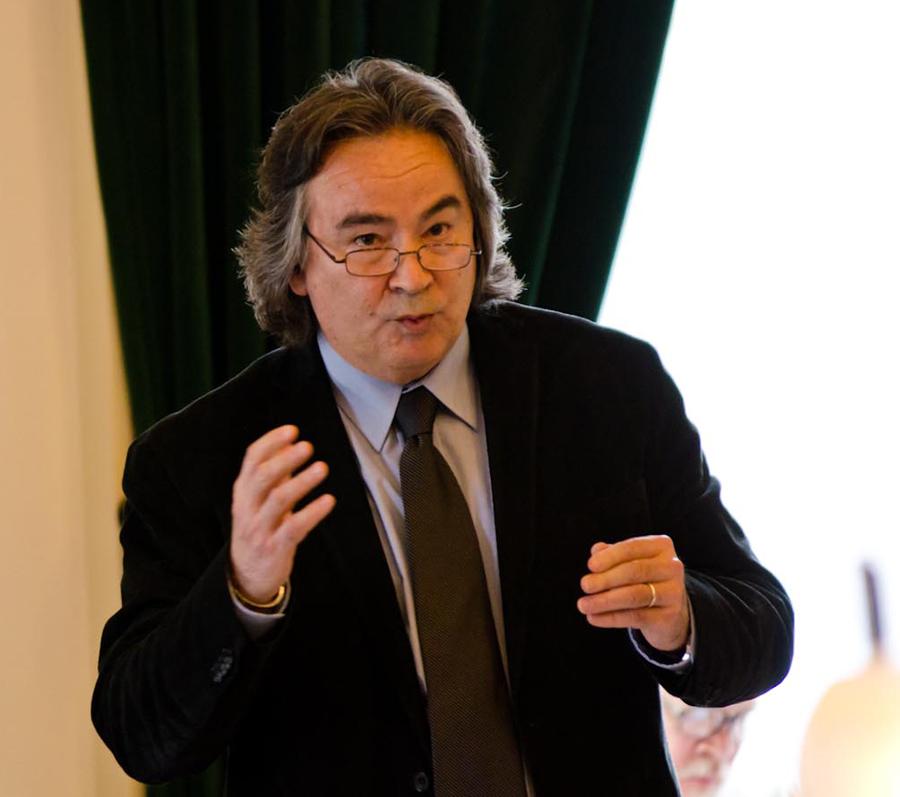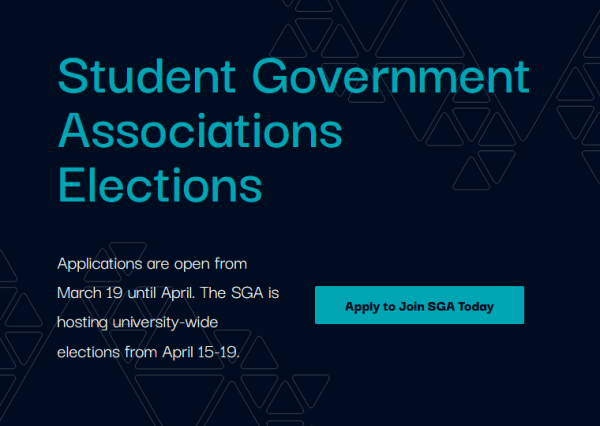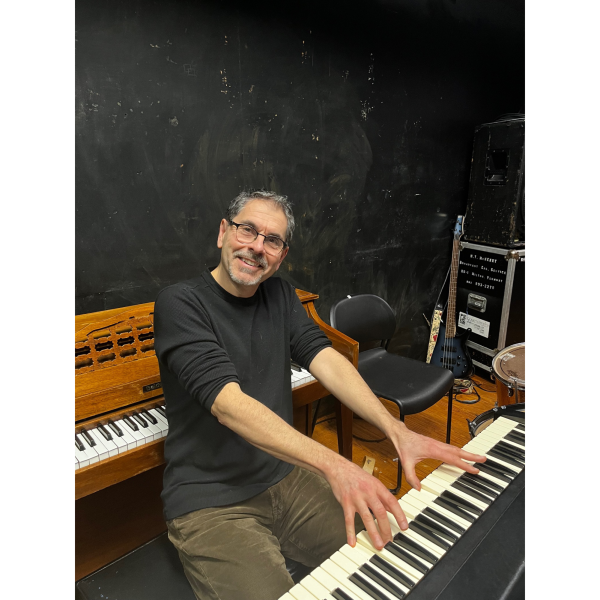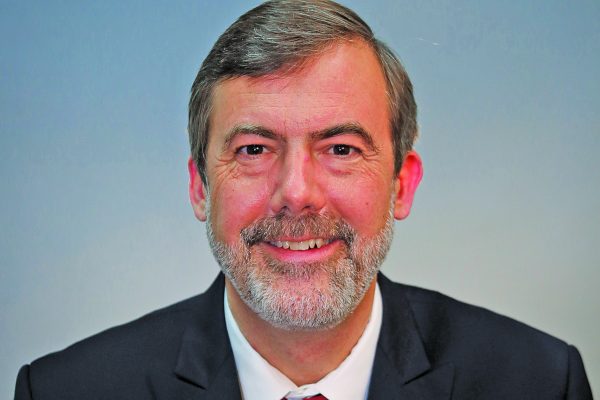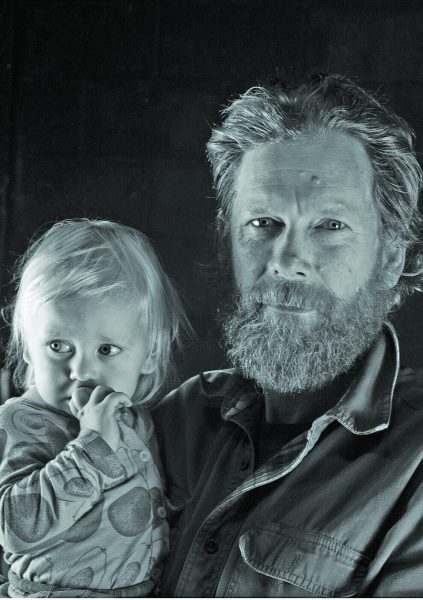Vermont Higher Ed. Funding: Broken policies and a broken law
Part 2
Anthony Pollina
According to a recent report, compiled by the State Higher Education Executive Officers, which analyzes higher education funding, Vermont ranked 49th among the states, next to last, in state appropriations per $1,000 of personal income. A senate report to legislators noted that “81 percent of the students at Vermont State Colleges are from Vermont, and 54 percent of these students are the first in their families to attend college.” The report also notes Vermont tuition accounts for 85.3 percent of total education revenue. This is well above the national average of 47.4 percent.
In the wake of increasingly difficult fiscal pressures afflicting the Vermont State Colleges, last year legislators established, through Senate Bill 40, the 148 subcommittee to meet about once a month while the Legislature was out of session to prepare recommendations for increasing public funding for the VSC, recommendations that were submitted in mid -January, 2015.
The purpose of the committee was to suggest a way to restore the VSC to the 1980s level of public support, which at that time accounted for 51 percent of its revenues. Initial speculation suggested that the committee would recommend, among other things, using tax revenues derived from the legalization of marijuana to augment current appropriations. House 148’s final recommendations instead focused on comparatively modest step increases in the amount of state appropriations over a period of years.
The underfunding at the state level has been compounded by increasing tuition pressures as enrollment numbers have plummeted. The situation has been most acute at the VSC institutions, where cutbacks have reduced faculty and staff.
This past year, Johnson State College seriously considered shuttering its indoor pool and endured some reductions in staff. Vermont Tech fared considerably worse with the termination of a number of faculty and staff positions.
While the VSC is under relentless budget-squeezing pressure, UVM continues to build. And build, a symbol of which is the Davis Center, which towers over the Burlington skyline and a testament to UVM’s economic deep pockets.
“UVM has these huge buildings, and they pay all these administrators a couple extra thousand dollars a year, they’ve got so many vice-presidents, it’s just really a top-heavy place,” said Senator Anthony Polina, a JSC graduate and initiator of the S40 bill. “I think UVM behaves as if it’s a private university.”
The disparity between the austerity at the Vermont State Colleges and the extravagance at UVM – many pundits refer to the national trend toward building ostentatious projects like the Davis Center as an “edifice complex”– has given rise to another point of contention in the higher education debate: how those meager public funds are distributed.
Out of a total appropriation of approximately $84 million last year, UVM, a land grant institution, received nearly half of that , about $41 million, and about half of that was spent providing aid to Vermont undergraduates, who comprise about a third of total enrollment (approximately 3000 full-time Vermonters).
By contrast The Vermont State Colleges received approximately $26 million collectively, although the five colleges serve more than three times as many full-time Vermont students. VSAC received approximately $19 million.
“If I had my preference, I would see more support for the state colleges and less for UVM,” said Polina. “My understanding is that the majority of students at UVM are not Vermonters.”
Vermont Senator William Doyle, the dean of the Vermont Senate and JSC professor of political science, has called the current distribution formula “extremely unfair.”
Other legislators disagree. Senator Rich Westman of Lamoille County, also a JSC graduate, does not support adjusting the distribution formula. He said Vermonters fighting over the same piece of pie just doesn’t make sense.
While the VSC’s piece of the pie may be proportionally shrinking, the same cannot be said for the Department of Corrections. A report released in August 2014 shows Vermont has the second-highest inmate healthcare costs per inmate in the nation. In 2011 we spent $11,761 per inmate on healthcare. In 2012, we spent $139 million on our incarcerated population, far above the amount spent on higher education this year, around $85 million.
“Over the years that we’ve been under-funding our state colleges, we were investing more and more in our prisons in the state of Vermont,” said Polina, who voted against the budget most of those times. “I could not support a state budget where we were spending much [more] on prisons than we were on our state colleges. That didn’t make any sense to me.”
Polina feels the effect is obvious. “The more people can afford to go to college, the less they’re going to end up in prison. “Plus, it’s cheaper, frankly, to send them to Johnson than to send them to prison.”
Advocates of restoring Vermont’s Higher Ed funding to a responsible level also point to the effect an affordable Vermont college education could have on slowing the exodus of our state’s youths. “Of all the high school graduates in the last three years who have gone to college in Vermont – and we have a lot that leave the state – but of all the high school graduates who have gone to college in Vermont, two-thirds of them are attending one of the Vermont State Colleges,” said outgoing VSC Chancellor Tim Donovan. “This is where Vermonters go to college.”
It’s a logic supported by Westman, who said the emigration of Vermont’s youth is very high on his and his fellow legislators’ radars. “We’re the third oldest state in the country,” said Westman, who feels a state college education is one of the best ways to fight this growing exodus.
Polina agrees that Vermont needs to focus on keeping its youth in-state. “Vermont is a very attractive place to young people, regardless of what some politicians say, and I think what we have to do is make the colleges more attractive,” said Polina.
Many legislators consider retaining Vermont’s youth to be critical to Vermont’s economy. “Right now, we have companies complaining that they have jobs, but Vermont does not have people to fill those jobs, because they’re tech jobs, and meanwhile VTC, Vermont Technical College, is laying off faculty because of a lack of state support,” said Senator Richard McCormack. “Probably one of the best things we can do for Vermont’s economy is to increase the employability of our young people,”
Proponents of Higher Ed reform also speak about the patent failure of Legislature to abide by its statutory obligation to adequately support the State Colleges. The law in question is Title 16, Chapter 72 § 2171 of the Vermont State Statutes. “The statute… says that the state colleges shall be supported ‘wholly or in substantial part’ with state funds,” said Polina. “So you could argue…you were in violation of the law that actually establishes the Vermont State Colleges.”
Could the Legislature could be challenged by an aggrieved Vermonter filing a lawsuit? “That happened with public education,” said Polina. “We used to have a real imbalance in our public education, meaning Kindergarten through grade 12, and there was a lawsuit, and that’s how we ended up with our current system of funding public [primary and secondary] education, which includes, in part, income sensitivity.”
To be sure some action has been taken over the years to address the decline in public funding support for the VSC, but it’s a question of much too little at best. For example, the Vermont Legislature created the Vermont Higher Education Endowment Trust Fund in 1999 to provide non-loan student aid. Initially funded through a $7 million appropriation, the fund has blossomed through infusions from the estate tax and unclaimed property fund.
Around 5 percent of these funds get distributed to UVM, the VSCs, and VSAC. In addition to this 5 percent, two percent is then split between UVM and the VSCs with each entity matching the funds.
In 2011, Senator Phil Baruth was sitting on the Education subcommittee of the Prek-16 Council when the 2 percent distribution was offered by the State for the subcommittee’s approval. During the annual meeting to accept the funds, a meeting many might have deemed more a ritual than an actual decision-making process, Baruth exercised the actual power of his seat by moving to hold two separate votes, one for the VSC and another for UVM. He intended to accept the VSC’s portion while rejecting UVM’s. The attempt to vote separately was deemed a procedural violation and not allowed.
At the time, in a letter to the UVM trustees, Baruth wrote, “The compensation packages and paid leaves arranged for top-end University officials have provoked a general outrage in the state.”
Baruth then cited the administration’s attempts to “downsize and disadvantage” workers at the lowest end of the school’s pay scale. “I cannot conscience the direct transfer of taxpayer funds into an endowment, and a general University economy, managed with such open and continuing disregard for frugality, equity, and justice.”
The subcommittee was not persuaded and voted to accept the $364,818 for both institutions, $182,209 each, up from 2011’s $177,918 each.
Meanwhile, this debacle of failed public policy continues, and there is little reason to hope the recommendations of H 148 will ever bear fruit.


